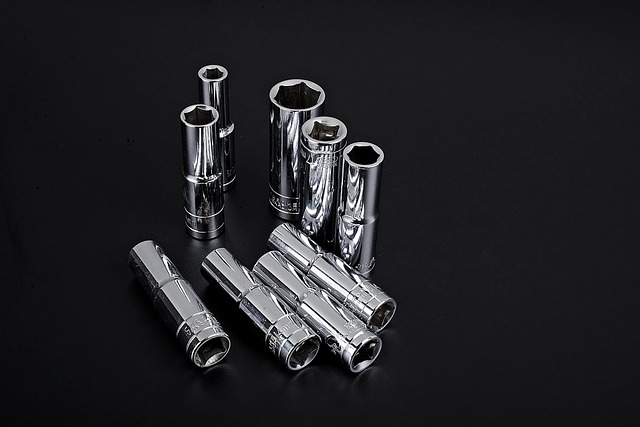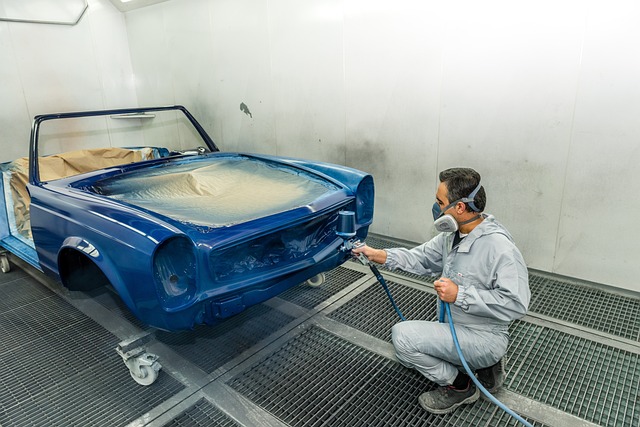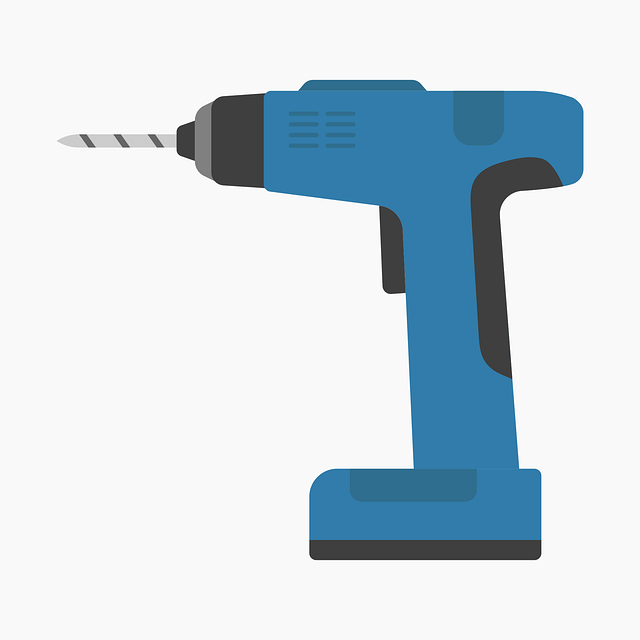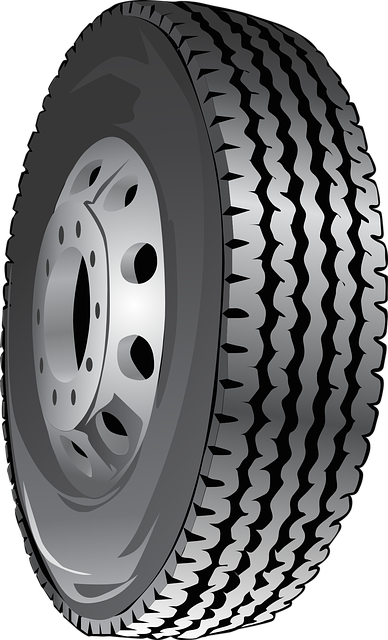Dent repair technologies have evolved dramatically, transitioning from manual, time-consuming processes to advanced, efficient solutions. Modern methods like paintless dent repair (PDR) use state-of-the-art machinery and software to restore cars' original appearance without repainting. Future advancements powered by AI and machine learning promise even greater efficiency, automation of diagnostics, and reduced environmental impact. While PDR is ideal for minor dents, severe cases may require traditional auto bodywork. Consulting professionals is essential for accurate damage assessment and recommending the best course of action.
“Dent repair technologies have undergone a remarkable transformation, evolving from traditional methods to cutting-edge innovations. This article explores the advanced techniques that are revolutionizing the way we fix dents, focusing on speed and efficiency.
We’ll delve into the historical context, highlighting the progression of dent repair from labor-intensive processes to modern, state-of-the-art solutions. By examining current practices, we uncover how these technologies offer quicker repairs with minimal impact on vehicle surfaces.
Additionally, we’ll discuss the benefits and considerations, ensuring readers make informed decisions regarding their automotive care.”
- The Evolution of Dent Repair Technologies: Past, Present, and Future
- How Modern Techniques Offer Faster and More Efficient Dent Removal
- Benefits and Considerations: Are These Innovations Really Better for Your Vehicle?
The Evolution of Dent Repair Technologies: Past, Present, and Future

Dent repair technologies have undergone a remarkable evolution over the years, transforming the way we address car damage repairs, particularly when it comes to vehicle dent repair and auto frame repair. In the past, manual methods dominated the industry, involving time-consuming processes like hammering and using putty for filling dents, which often left visible traces. However, with advancements in technology, the landscape of dent repair has changed dramatically. Today, innovative tools and techniques have made vehicle dent repair faster and more precise than ever before.
The current state-of-the-art in dent repair technologies leverages advanced machinery and software to achieve near-perfect results. Paintless dent repair (PDR) methods, for instance, have gained popularity due to their ability to restore cars’ original appearance without the need for repainting. These techniques use specialized tools to gently push out dents from the inside, making them virtually invisible once healed. Looking ahead, the future of dent repair technologies promises even greater efficiency and sustainability. Artificial intelligence and machine learning algorithms could revolutionize car damage repair by automating diagnostic processes and predicting repair outcomes. This not only speeds up repairs but also reduces the environmental impact associated with traditional auto frame repair methods.
How Modern Techniques Offer Faster and More Efficient Dent Removal

Modern dent repair technologies have revolutionized car repair services, offering faster and more efficient methods for removing dents. Unlike traditional techniques that often involved lengthy processes and significant material removal, contemporary methods like paintless dent repair (PDR) have emerged as a game-changer in vehicle collision repair. PDR uses specialized tools to gently push out the dented area from behind the panel, preserving the original factory finish and minimizing damage to the car’s body.
These innovative dent repair technologies not only speed up the overall restoration process but also enhance the quality of the final fix. With advanced equipment and trained technicians, vehicle repair services can now restore vehicles to their pre-accident condition in a fraction of the time it would take with conventional methods. This efficiency translates into cost savings for customers and faster turnaround times, ensuring that damaged vehicles return to the road promptly and safely.
Benefits and Considerations: Are These Innovations Really Better for Your Vehicle?

Dent repair technologies have evolved dramatically, promising faster and better results for car dent repair. These innovations, which range from automated dent removal tools to advanced paintless dent repair techniques, offer several compelling benefits. For one, they significantly reduce repair times, getting your vehicle back on the road in a fraction of the time traditional methods might take. Additionally, many modern dent repair technologies are more precise, ensuring that the car’s original finish and contours are restored seamlessly.
However, despite these advantages, it’s crucial to consider that not all dent repair technologies are created equal. The effectiveness of these innovations depends heavily on the damage’s severity and the vehicle’s make and model. While paintless dent repair might be suitable for smaller dents, more severe cases may still require traditional auto bodywork services. Therefore, before choosing a method, it’s essential to consult with professionals who can accurately assess the damage and recommend the best course of action for your specific car dent repair needs.
Dent repair technologies have come a long way, offering faster and more efficient solutions compared to traditional methods. Modern techniques, such as laser repair and pneumatic tools, reduce repair times and improve precision, benefiting both consumers and automotive professionals. While these innovations promise significant advantages, it’s essential to consider the cost, availability, and potential impact on vehicle aesthetics. As dent repair technologies continue to evolve, consumers can expect even faster and better repairs, ensuring their vehicles look as good as new.














